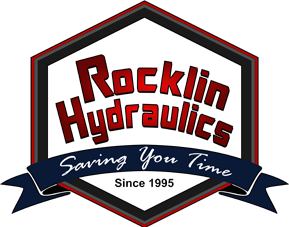Hydraulic leak identification
May 15th 2023
Dealing with hydraulic leaks can be incredibly frustrating, especially when it comes to identifying the exact source of the leak, particularly within a group of hoses. However, there are effective methods you can employ to isolate and pinpoint the problematic hose:
- Visual Inspection: Initiate your investigation by visually inspecting all the hoses. Look out for telltale signs of leakage such as visible fluid drips, wet spots, or accumulated dirt surrounding the hoses. Pay extra attention to hose connections, fittings, and areas where leaks are more prone to occur, such as bends.
- Clean the Surrounding Area: If the leak remains elusive, clean the vicinity of the hoses using a mild detergent or degreaser. This cleansing process will eliminate any dirt or grime that might be masking the leak, facilitating easier identification.
- Paper or Cardboard Test: Should the visual inspection and manual checks fail to reveal the leak's location, you can conduct a paper or cardboard test. Place a clean, white sheet of paper or cardboard beneath the hoses and activate the hydraulic system. The leaking hose will leave a trace of hydraulic fluid on the paper, aiding in identification.
- Pressure Testing: If the previous methods prove unsuccessful, consider performing a pressure test. This involves isolating each hose and applying pressure to them individually while observing for any visible leaks. A pressure gauge and hydraulic pump are typically employed for this purpose. Additionally, try to isolate the circuit in which the leak is occurring to narrow down the search.
- Dye Tracing: Another effective technique is to introduce a fluorescent dye additive into the hydraulic fluid. This dye will circulate throughout the system, and if there is a leak, the dye will escape and become visible under UV light. Dye tracing can be particularly advantageous when attempting to identify elusive or hard-to-find leaks.
Remember that safety is of utmost importance when working with hydraulic systems. Prioritize depressurizing the system and turning off any machinery before conducting inspections or repairs. If you feel uncertain or uncomfortable about locating the leaking hose, it is highly recommended to seek the assistance of a professional hydraulic repair technician. These experts possess the necessary expertise and equipment to accurately diagnose and repair hydraulic leaks, ensuring optimal safety and efficiency.
